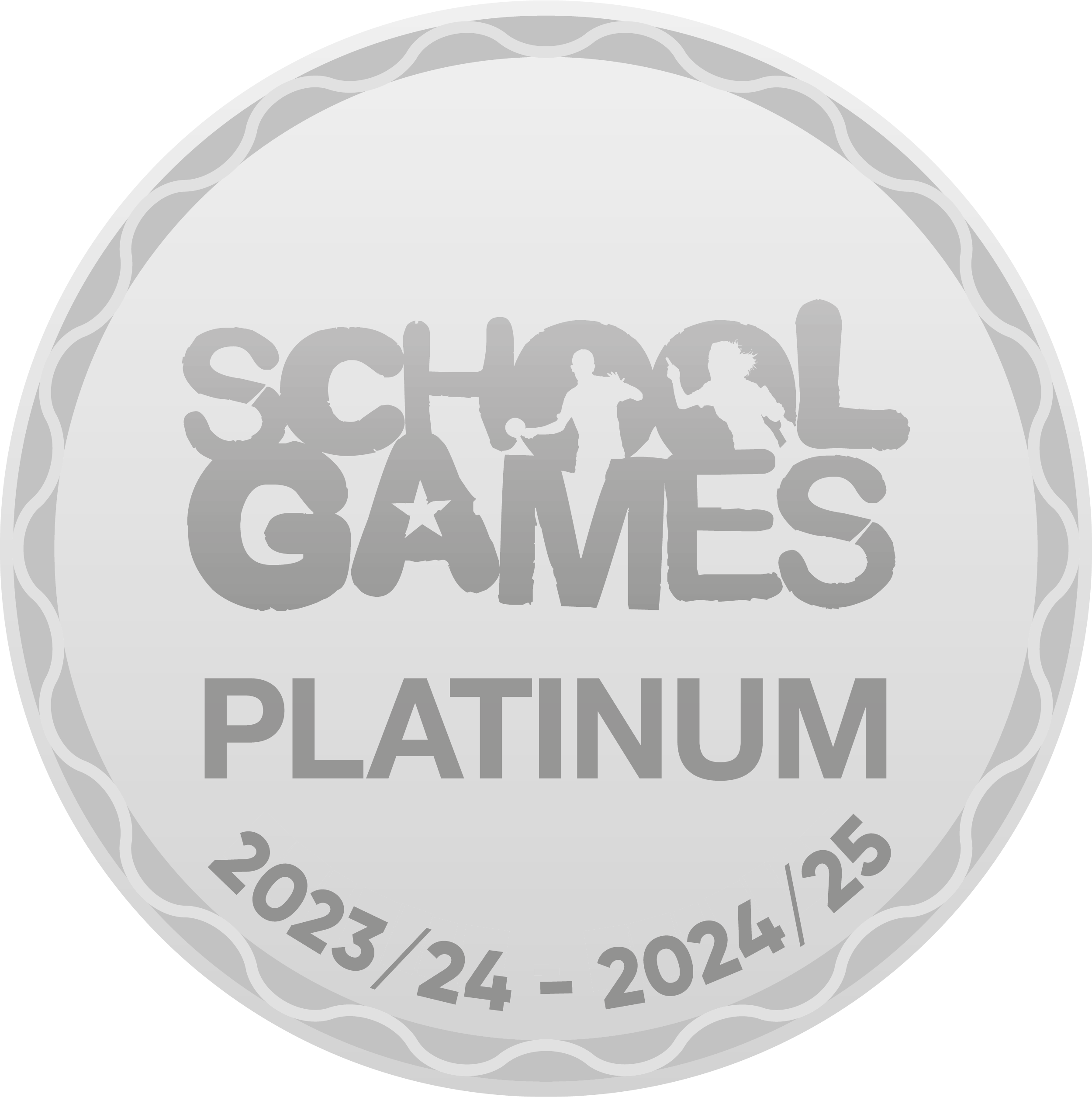DESIGN & TECHNOLOGY at SSPP



Intent
Design and Technology is an inspiring, rigorous and practical subject. Design and Technology encourages children to learn to think and intervene creatively to solve problems both as individuals and as members of a team. From the starting point of EYFS, computational thinking is encouraged and developed through deeper questioning. At SSPP, we encourage children to use their creativity and imagination, to design and make products that solve real and relevant problems within a variety of contexts, considering their own and others’ needs, wants and values. We aim to, wherever possible, link work through our mini-adventures and through the subjects such as mathematics, science, enginee ring, computing and art. The children are also given opportunities to reflect upon and evaluate past and present design technology, its uses and its effectiveness and are encouraged to become innovators and risk-takers.
ring, computing and art. The children are also given opportunities to reflect upon and evaluate past and present design technology, its uses and its effectiveness and are encouraged to become innovators and risk-takers.
Implementation
Through a variety of creative and practical activities, we teach the knowledge, understanding and skills needed to engage in an iterative process of designing and making. The children design and create products that consider function and purpose and which are relevant to a range of sectors (for example, the home, school, leisure, culture, enterprise, industry and the wider environment).
When designing and making, the children are taught to:
Design
- use research and develop design criteria to inform the design of innovative, functional, appealing products that are fit for purpose, aimed at particular individuals or groups.
- generate, develop, model and communicate their ideas through discussion, annotated sketches, cross-sectional diagrams, prototypes, pattern pieces and computer-aided design.
Make
- select from and use a wider range of tools and equipment to perform practical tasks (for example, cutting, shaping, joining and finishing, as well as chopping and slicing) accurately.
- select from and use a wider range of materials, ingredients and components, including construction materials, textiles and ingredients, according to their functional properties, aesthetic qualities and, where appropriate, taste.
Evaluate
- investigate and analyse a range of existing products.
- evaluate their ideas and products against their own design criteria and consider the views of others to improve their work.
- understand how key events and individuals in design and technology have helped shape the world.
Develop, Use and Apply Technical Knowledge
- apply their understanding of how to strengthen, stiffen and reinforce more complex structures.
- understand and use mechanical systems in their products.
- understand and use electrical systems in their products.
- apply their understanding of computing to program, monitor and control their products
- Understand some of the ways that food can be processed and the effect of different cooking practices (including baking and grilling).
Key skills and key knowledge for D and T have been mapped across the school to ensure progression between year groups using our own curriculum and the support of the Design and Technology Association (projects on a page). The context for the children’s work in Design and Technology is also well considered and children learn about real life structures and the purpose of specific examples, as well as developing their skills throughout the programme of study. Design and technology lessons are taught weekly or as a block depending on the resources needed, so that children’s learning is focused throughout each unit of work.
Each new unit of work begins with a recap of the previous related knowledge from previous years. We ask of this through one of our 4 big questions 'What do I need to remember and recall?' This helps children to retrieve what they have learnt in the earlier sequence of the programme of study, and ensures that new knowledge is taught in the context of previous learning to promote a shift in long term memory. Key vocabulary for the new topic is also introduced as part of this ‘unit introduction’ and children are shown the ‘Topic Vocabulary on their DT booklet. This provides definitions and accompanying visuals for each word to ensure accessibility to all. This approach also means that children are able to understand the new vocabulary when it is used in teaching and learning activities and apply it themselves when they approach their work.
Within all lessons, teachers plan a phase of progressive questioning which extends to and promotes the higher order thinking of all learners. Questions initially focus on the recall or retrieval of knowledge. Questions then extend to promote application of the knowledge in a new situation and are designed to promote analytical thinking, such as examining something specific. In design and technology, an example of this level of questioning might ask children to consider how a mechanical system (such as gears and pulleys) might speed up, slow down or change the direction of movement. The questions that teachers ask within the same lesson phase, then focus on the children’s own work and how they might change or create an outcome and justify a choice they have made which is based on their evaluation
The importance of failure and perseverance is key in design and they evaluate notable designers and existing products to inspire them to create their own ideas and designs.
IMPACT
Through the explicit teaching of the design and technological skills and interleaved through different contexts throughout their key stages, both the teachers and the pupils assess their learning continuously throughout the lessons. The children will be encouraged to reflect on their progress within each session and how they have been successful. At the end of each term, we use the national curriculum framework and skills grids, alongside evidence of children’s work to assess their current progress through our electronic tracking system that will, over time, show an informed judgement about the depth of learning and the learning that has been remembered and built upon.
Characteristics of a Designer
- Significant levels of originality and the willingness to take creative risks to produce innovative ideas and prototypes.
- An excellent attitude to learning and independent working.
- The ability to use time efficiently and work constructively and productively with others.
- The ability to carry out thorough research, show initiative and ask questions to develop an exceptionally detailed knowledge of users’ needs.
- The ability to act as responsible designers and makers, working ethically, using finite materials carefully and working safely.
- A thorough knowledge of which tools, equipment and materials to use to make their products.
- The ability to apply mathematical knowledge.
- The ability to manage risks exceptionally well to manufacture products safely and hygienically.
- A passion for the subject and knowledge of, up-to-date technological innovations in materials, products and systems.


National Curriculum
At SS Peter and Paul’s Catholic Primary School, in Design and Technology we aim to offer opportunities for children to:
- Develop imaginative thinking in children and to enable them to talk about what they like and dislike when designing and making.
- Enable children to talk about how things work, and to draw and model their ideas.
- Encourage children to select appropriate tools and techniques for making a product, whilst following safe procedures.
- Explore attitudes towards the man-made world and how we live and work within it.
- Develop an understanding of technological processes, products, and their manufacture, and their contribution to our society.
- Foster enjoyment, satisfaction and purpose in designing and making.
- Understand and apply the principles of a healthy diet.
- Understand where food comes from and the issues of seasonality.
Design and Technology knowledge and skills progression
Skills and progression in Design and technology 2024-2025
SMSC in Design and Technology
Spiritual
D.T supports spiritual development by allowing pupils the opportunity to exercise imagination, inspiration, intuition and insight through creativity and risk taking in analysing, designing and manufacturing a range of products. It instils a sense of awe, wonder and mystery when studying the natural world or human achievement. Encouraging creativity allows pupils to express innermost thoughts and feelings and to reflect and learn from reflection, for example, asking ‘why?’, ‘how?’ and ‘where?’.
Moral
D.T supports moral development by raising awareness of the moral dilemmas by encouraging pupils to value the environment and its natural resources and to consider the environmental impact of everyday products. It educates pupils to become responsible consumers. We promote 3R's teaching how to recycle, upcycle and reuse.
Social
D.T Supports social development by providing opportunities to work as a team, recognising others’ strengths and sharing equipment. Design Technology promotes equality of opportunity and provides an awareness of areas that have gender issues e.g. encouraging girls to use equipment that has been traditionally male dominated and promoting careers like engineering that have historically had a gender influence. Children are shown and taught how to take risks, evaluate risks in social situations and feel failure safely within a supportive group.
Cultural
D.T supports cultural development by encouraging children to reflect on ingenious products and inventions, the diversity of materials and ways in which design technology can improve the quality of life. It investigates how different cultures have contributed to technology and reflects on products and inventions, the diversity of materials and ways in which design can improve the quality of our lives.








